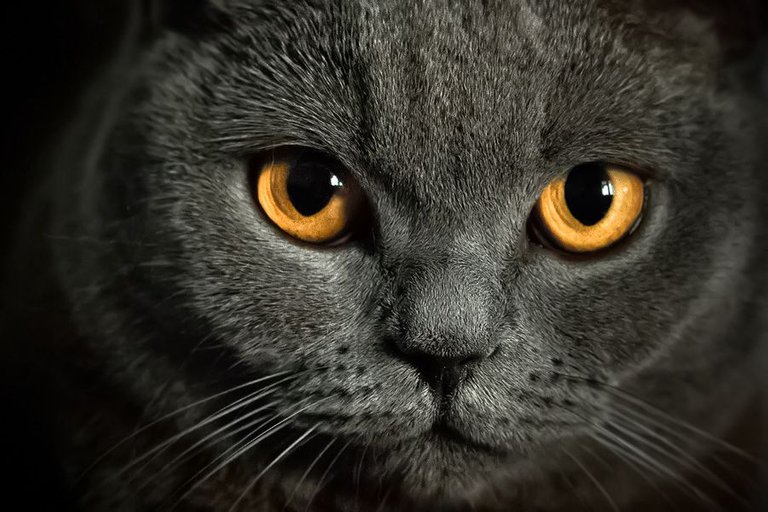
How do cats see the world? Many people wonder how their feline friends perceive their surroundings, and how different their vision is from ours. In this blog post, we will explore some of the main features of cat vision, and how they help cats survive and thrive in various environments.
One of the most noticeable differences between cat and human vision is the shape of their pupils. Cats have vertical slit pupils that can dilate and contract very quickly, allowing them to adjust to different levels of light. This gives them an advantage in hunting at dawn and dusk, when their prey is most active. Cats can also see well in very low light conditions, thanks to a layer of tissue behind their retina called the tapetum lucidum. This layer reflects light back into the eye, enhancing the sensitivity of the photoreceptors. However, this also means that cats have less acuity and color perception than humans, as they sacrifice detail and variety for brightness.
Another difference between cat and human vision is the field of view. Cats have a wider field of view than humans, about 200 degrees compared to 180 degrees. This helps them scan their surroundings for potential threats and opportunities. However, cats have a smaller binocular vision than humans, which is the area where both eyes overlap and create depth perception. Cats have a binocular vision of about 120 degrees, while humans have about 140 degrees. This means that cats rely more on their whiskers and ears to judge distances and navigate in close quarters.
Finally, cats have a different color vision than humans. Cats are not colorblind, but they see colors differently than we do. Cats have two types of cone cells in their retina, which are responsible for color vision. Humans have three types of cone cells, which allow them to see a wider spectrum of colors. Cats can see shades of blue and green, but they have trouble distinguishing between red and green. This is because they lack the cone cells that are sensitive to long wavelengths of light. Cats may also see colors as less saturated and more grayish than humans do.
In conclusion, cats have a unique vision that suits their lifestyle and needs. They have adaptations that allow them to see well in low light, scan their environment for prey and predators, and detect movement and contrast. However, they also have limitations in their visual acuity, depth perception, and color vision. By understanding how cats see the world, we can better appreciate their behavior and provide them with a stimulating and comfortable environment.
There is reasonable evidence that this article is machine-generated. Posting such content is considered fraud. Fraud is discouraged by the community and may result in the account being Blacklisted.
Guide: Why and How People Abuse and Defraud
If you believe this comment is in error, please contact us in #appeals in Discord.
🤔🖕